Step-by-step Guide to Genrefying Non-Fiction
There are so many benefits of a genrefied non-fiction collection. I can highly recommend it, but if you are just starting out or are facing a large non-fiction collection, knowing where to start can be daunting. Here’s my step by step guide to genrefying a non-fiction collection.
Audit your collection
Have a look over your shelves and pull some reports. What has been used recently and what has not. Create a spreadsheet and walk along the shelves. Add the category into your spreadsheet and list roughly how many books you have in that section and an overarching category description. Example. Guinness World Records, 12 books, general knowledge. Coding, 20 books, technology. This will give you a rough idea of what you have and what might be able to be grouped together. You could also add comments like, Coding – Outdated, replace.

An old non-fiction collection in serious need of a good weeding. Ready to be genrefied.
Weed
It’s going to be a lot easier to genrefy if you have fewer books and there is no point double handling books you are going to get rid of later. Weeding is key, but for some people it might not be the joyous experience I so dearly love. So, I have two methods for you.
Option 1. Weed hard. Go along your shelf and cull for condition (faded cover and spine, mould and mildew, age spotting, torn and ripped pages, outdated cover, outdated interior images, too dense, spilled food), relevance (outdated information, incorrect information, outdated terminology, no longer used for a curriculum unit or of interest to staff or students.) Remove the books from the shelf and catalogue and dispose. Covers can be removed to safely recycle the inside pages. Please bin books that are mouldy or in bad condition.
Option 2. Opposite weeding. Instead of weeding, complete the next steps with only the books that meet the criteria of books in good condition and high relevance. By only selecting these books to genrefy, the ones left on the shelf in the original dewey order and not moved into a new collection are the books you should seriously consider weeding. Or, if you are still unsure, box them and store them. If you don’t find yourself having to rummage through the boxes for a few months (or years if you are really loath to part with them) then you can safely dispose of them.
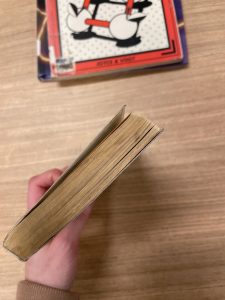
Stained book, mould. Needs to be weeded.
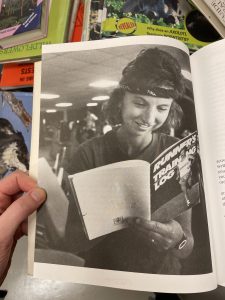
Outdated images and content. Needs to be weeded.
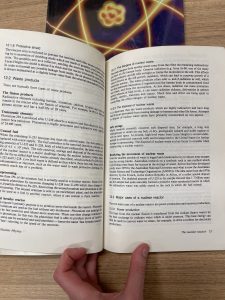
Dense, small text. Needs to be weeded.
Selecting your new collections
There are a couple of things to remember when selecting your non-fiction collections. The first is that this process is never completed, so don’t feel you have to land on your final collections straight away. You can adjust and alter as you go. The second is that there is no right answer. Your collections can and should be unique to your school library. They don’t need to align with any other library’s collections. You can’t get this part wrong.
Start by looking through the list you made in step one. What jumps out at you? What big collections do you have? Look at your library and school strategic plan, vision and mission statements, and values. Look at your school’s subject list or a list of curriculum units in each subject. Some collections might be easy to identify, Sport, for example. Decide if you want larger, overarching collections – History, Science – or, if you have enough books and space, have the need for smaller collections – Ancient History, WWI, Biology, Dinosaurs. Think about your students. What words do they use to request a book. In high school, it might be fine to put dinosaurs in a wider Science or Animals collection, but for a primary school library, you are probably going to want a separate Dinosaurs collection. Remember, the smaller your collections, the easier it is for students to find what they are looking for, but also the more shelf space, signage and unique spine labels you will need.
Start by creating a brainstorm map of collection name ideas or a list. Make sure you have most of everything on your initial list represented. Where are you going to put books about Aliens and Spaceships? Do you have enough books to justify a Cooking collection or should they be grouped under a different, larger collection? Discuss this with your library staff. Negotiate. Change your mind. It’s a process. But don’t worry. It can be changed later.
Create your collections in your catalogue
I find it easiest if you create new collections in your library catalogue to represent your new collections. This is as simple as adding a new section or collection and naming it. You might like to keep them grouped, so NF – Animals, NF – Science, NF – Sport – or just name them Animals, Science, Sport. Be careful if you have genrefied fiction collections with similar names. You might decide to put both the NF and F Sport books together or you might need to indicate the different in your catalogue collection names. Follow the instructions from your library management system to create new collections and assign borrowing rights.
Labels
Spine labels are really for the benefit of school library staff and make reshelving easier. I know some school library staff have decided not to bother with spine labels that represent their genrefied collections because it was just them working in the library and because of the size of the collection and their familiarity with the collections, they wouldn’t need the spine labels. For most books, it’s pretty easy to see from the cover what collection to reshelve it back into. For example, a book about dogs will go in the Animals collection. However, spine labels representing your genrefied collections does make it easier to at a glance know this. Will you use coloured labels or pictures or words on your spine labels? Spine labels for genrefied collections are now readily available from library suppliers or you can make your own. You could use Canva to find symbols to represent each collection, print labels in a variety of colours or purchase custom labels from companies such as Merchandising Libraries, Syba Signs.
Layout
Now, this is hard to decide until you actually start moving books, but have in mind some idea where you are going to put things. It’s really easy to change later, but you need to have a general idea of which collection will go where. Draw a quick map of your available shelving. Remember, now that they are going to be in small collections, they can go anywhere, in any order. Disrupt your long lines of shelving. Could you move things around? Are you going to put your collections in alphabetical order – Science before Sport? Or will you make sure the more popular collections are front and centre or vice versa?
Getting started
Now you have everything you need to start genrefying your collection. You can do this two ways.
Option 1. Pick a collection and find all the books in that collection. Let’s use Animals as an example again. It would be easy to go to the 500s and 600s and pick out the animal and pet books. Add your Animal spine labels. Scan the books and make a global change to move into your new collection. Put them onto their new shelf space. Done. Repeat.
Option 2. Start at the beginning (or the end or the middle) and work, shelf by shelf. Pull each book off and decide which collection it will sit in, Animal, Activism, Wellbeing, Sport? Use printouts of your new spine lables or sticky notes to indicate which book is going to go into which collection. You might end up with piles of books for each collection. Add your new spine labels and scan the books into the new collection. Follow the instructions of your library management system on how to bulk move titles into a new collection or section. Put those books back on the shelf in their new collections.
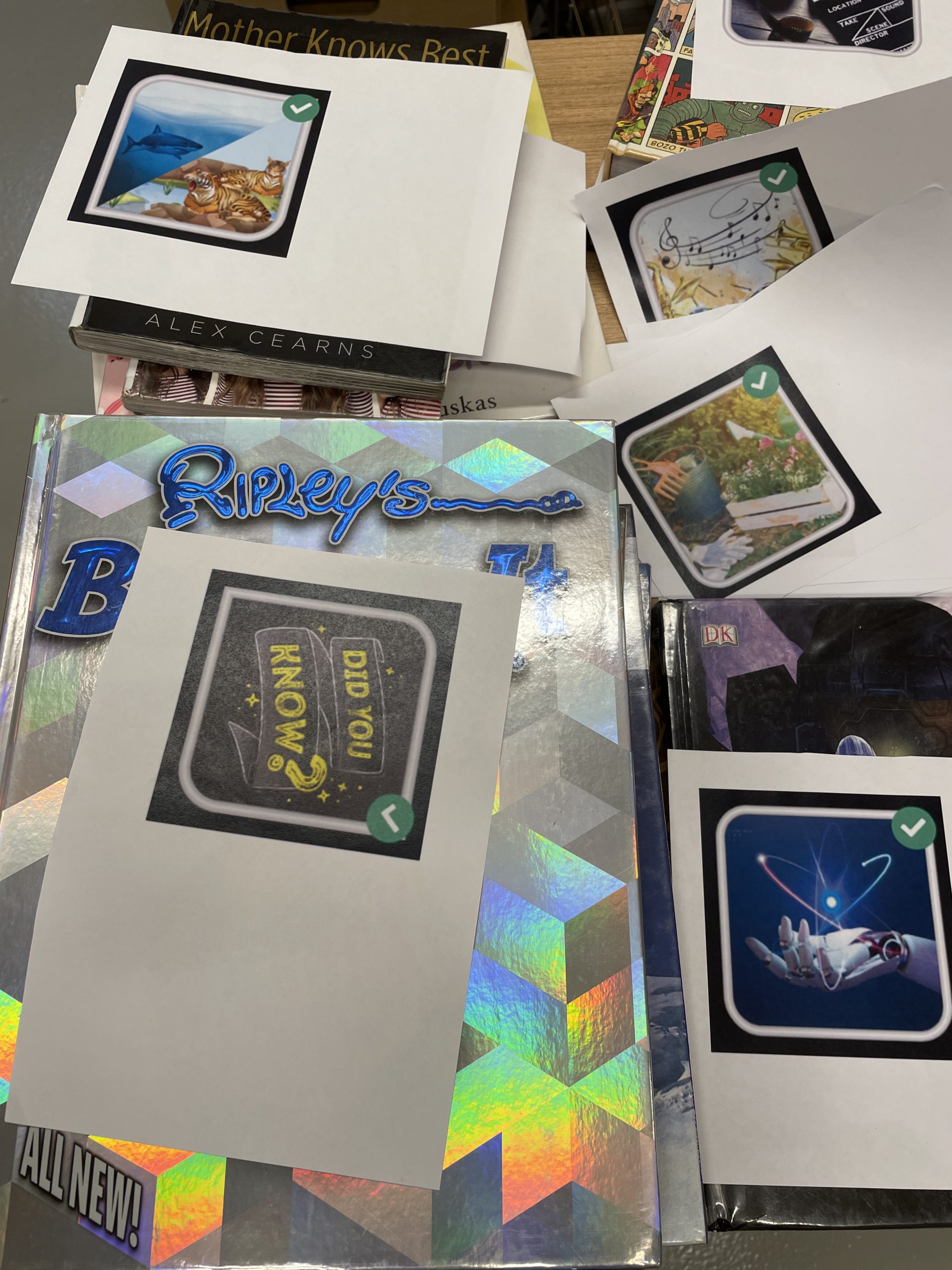
Signage
Now you need to make sure your students can find the collections. Signage is key. You can purchase a massive range of signage from library suppliers, you might even have the spine label image represented on your sign, or you can create your own. Here’s post about how to make your own custom library signage that looks professional and is very cost-effective.
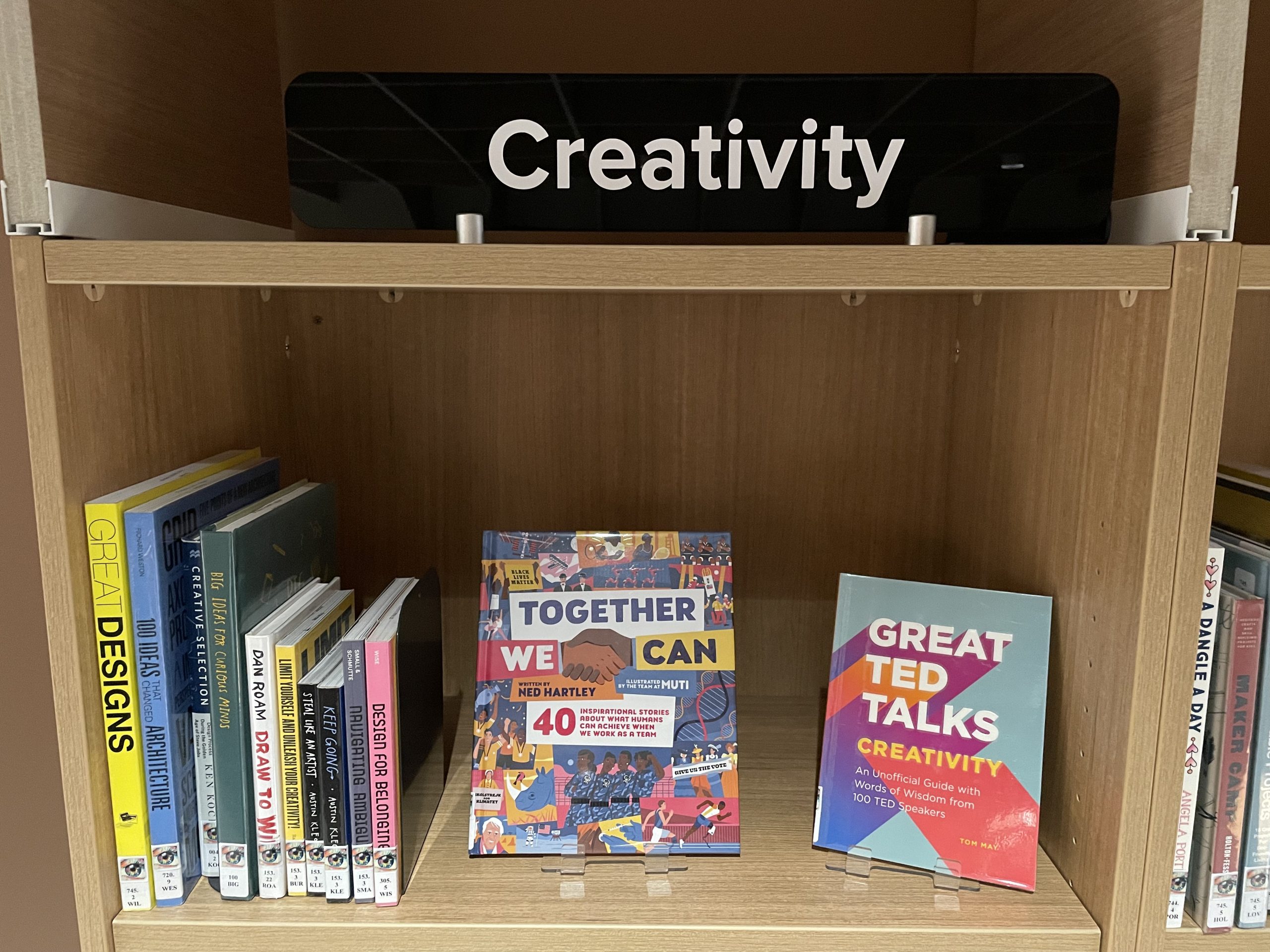
Tricky books
Yep, you are going to come across some tricky books that don’t seem to fit anywhere or could fit in multiple collections. Take a book about free little libraries. Does it go in Literature, Community, Construction or somewhere else entirely? Maybe you only have the one or two books on that topic and that’s not enough for a new collection but it doesn’t fit anywhere else. I suggest two things. 1. Just make a decision. Select a collection that loosely fits – Community, for example- and place the book there. If you notice you always go to another collection to find the book only to have to remind yourself you put it in a different collection or if you notice students are just not finding that book, change its collection. It is as simple as changing the spine label and the collection and done. 2. Create a catch-all collection. You might have a collection called General Knowledge, or Did You Know or Unexplained Mysteries. Put anything your are not sure what to do with in that collection and again watch. Can students find those books, do you have to go and pull those books from a second collection and you are finding that tiresome? Move them.
Doing it bit-by-bit or all at once
There is no right or wrong way to genrefy. The main point is just to start. You might work along your shelves adding new spine labels and spend six months doing this bit-by-bit and then pull the books, scan them and move them all in two days. Or maybe you’ll just do it collection by collection and leave the rest in the old Non-Fiction collection until you are done. It could take you a few weeks or a few years, it really doesn’t matter.
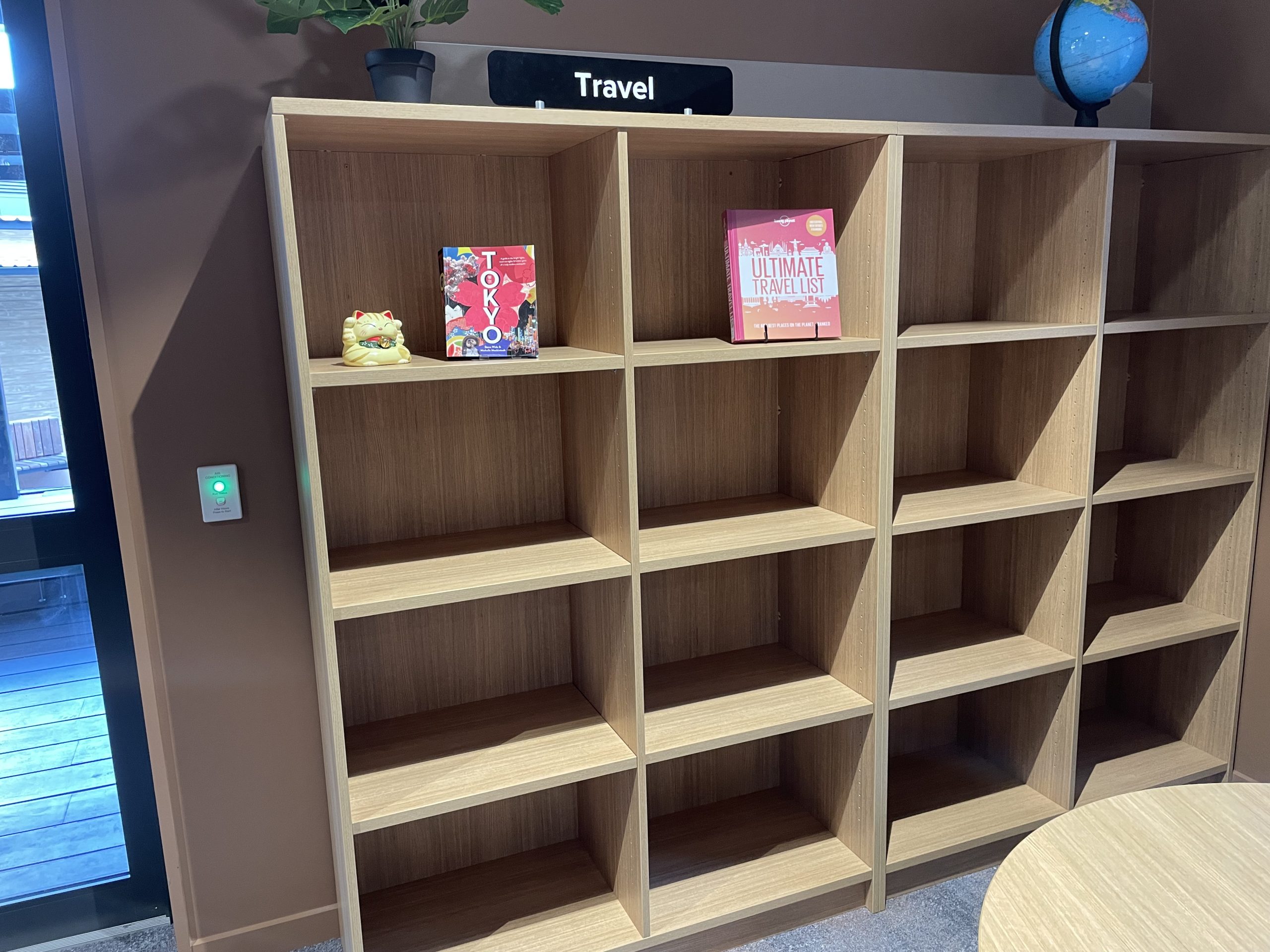
Reflect
You might think you are done when all the books have their new labels and new collections, but you are not!! Genrefication is never done. You need to watch and reflect. What is hard to find? What collection don’t you have that you wished you did. What collection is too small and just isn’t visible and would fit better next to or part of another collection? What would fit better on a different shelf or which two collections work better sitting side-by-side? Why on earth did you put that book in that collection, when it would fit so much better in another one? Now you can start to make small changes. Move that book into the better fitting collection, add a new collection, absorb a small collection into a bigger one, move them around. Your only consideration needs to be signage and spine label costs and your time.
Keep making changes
Your non-fiction collections should grow and change as your students, subjects and strategic plan grows and changes. A new subject is added to the school – do you need a collection on that? The terminology we use to describe something changes – change the title of your collection to reflect this language. Adjust, reflect and tweak.
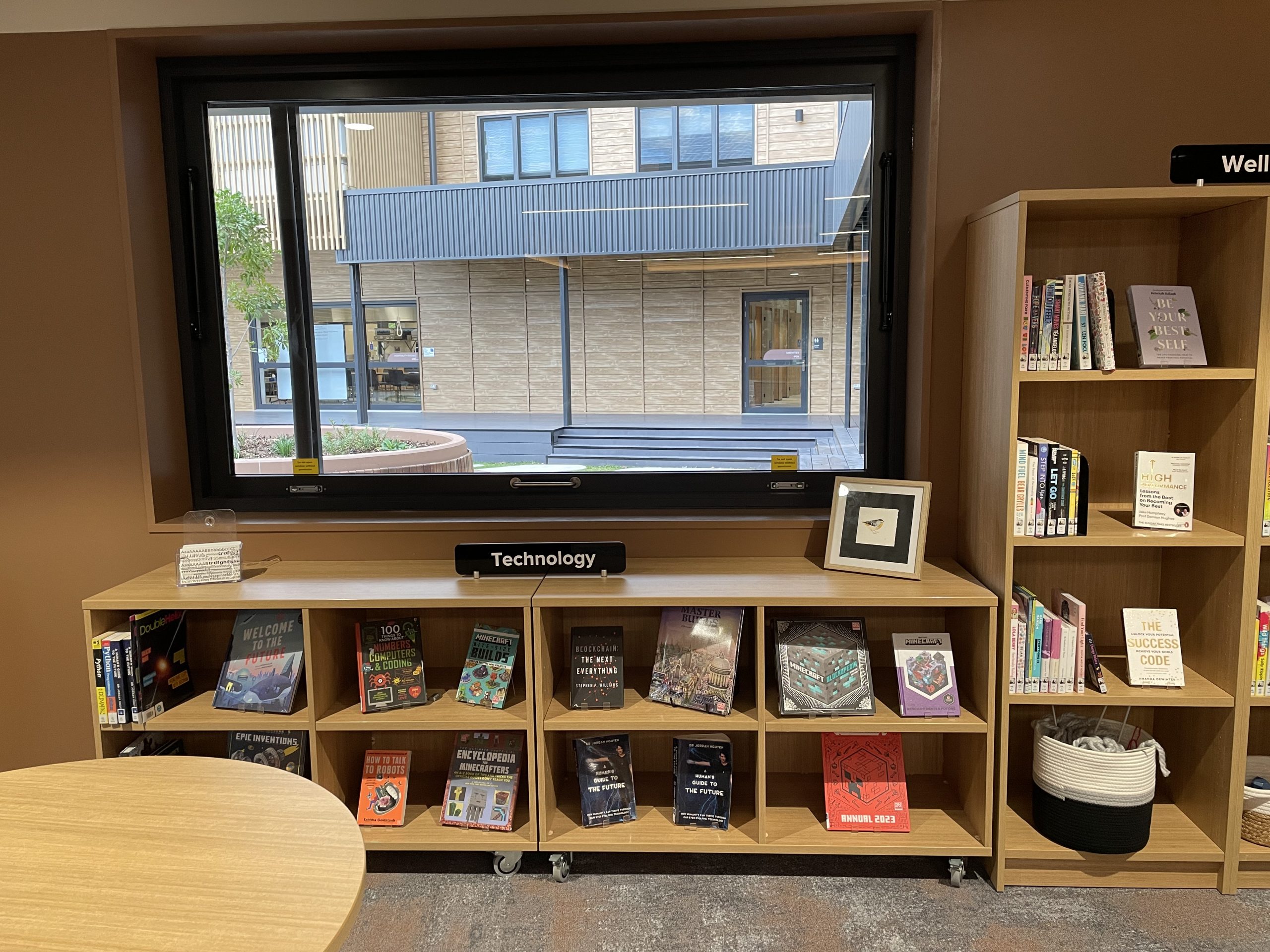
Want more? Check out my genrefication myths and FAQ post or the benefits of genrefying a non-fiction collection.
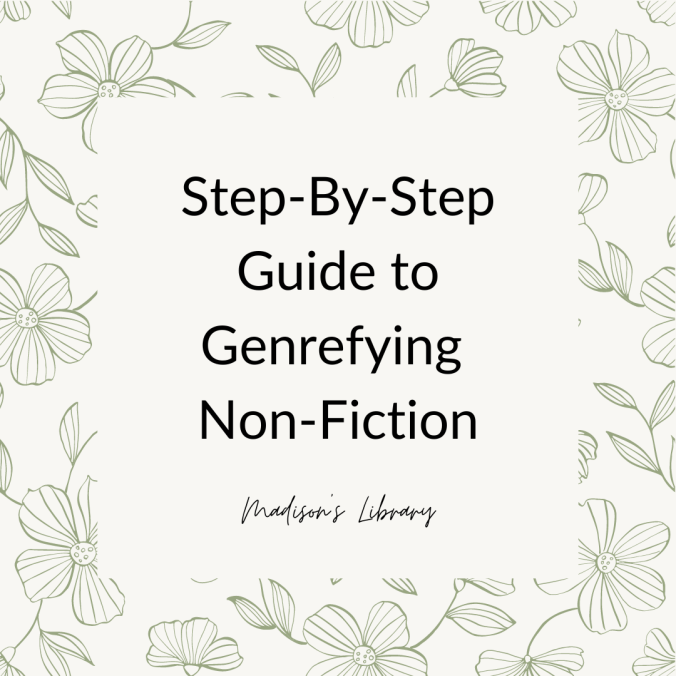
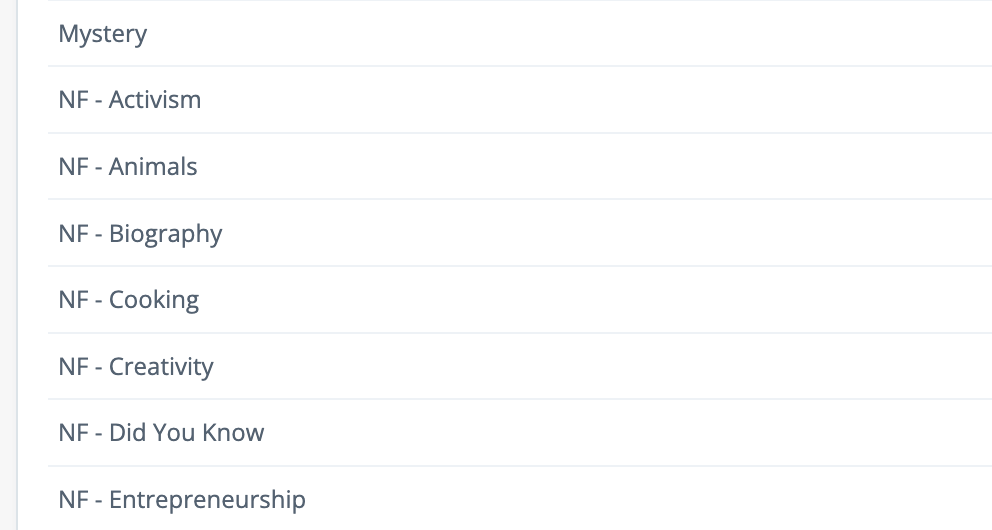
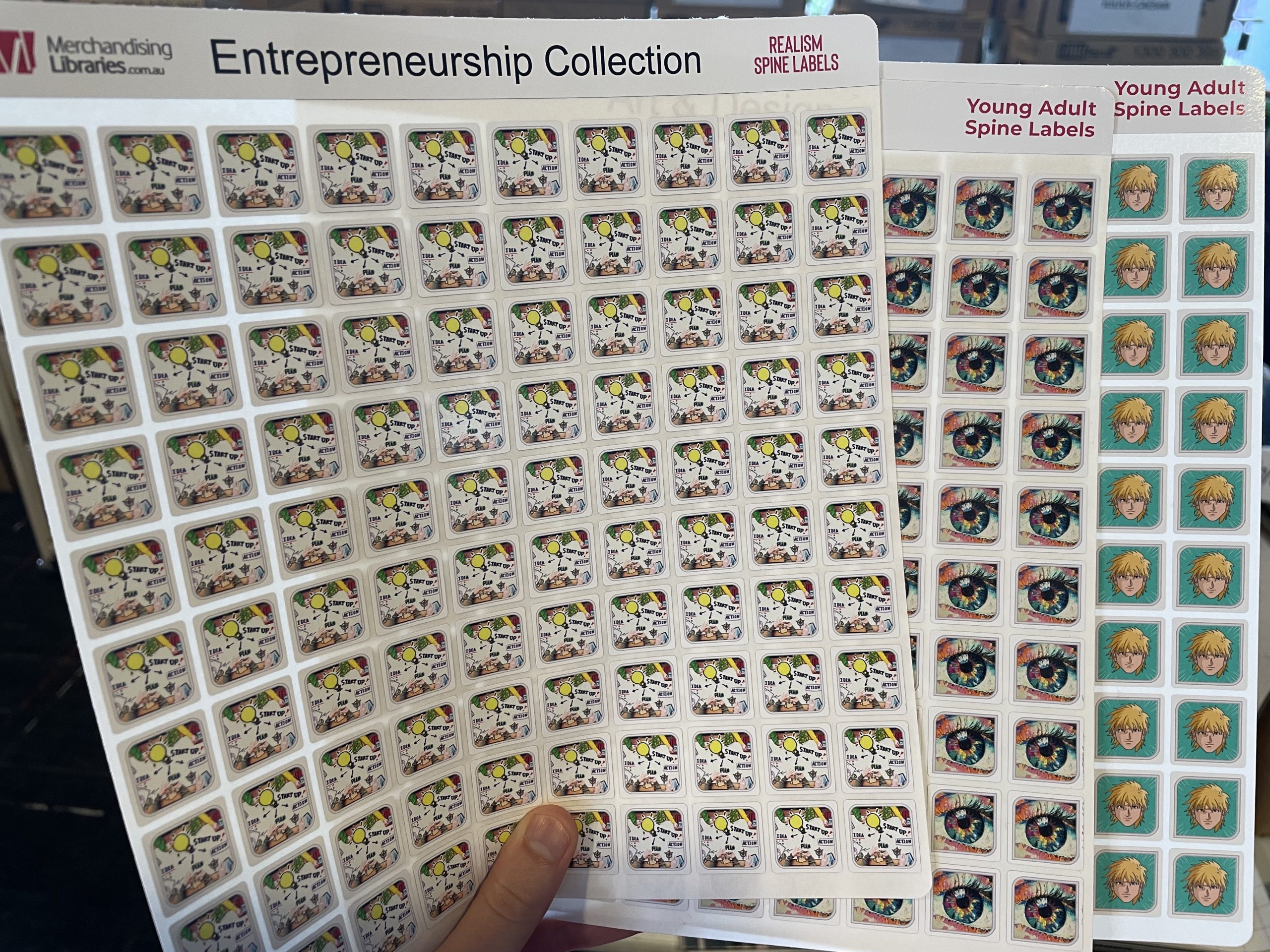


Leave a Reply